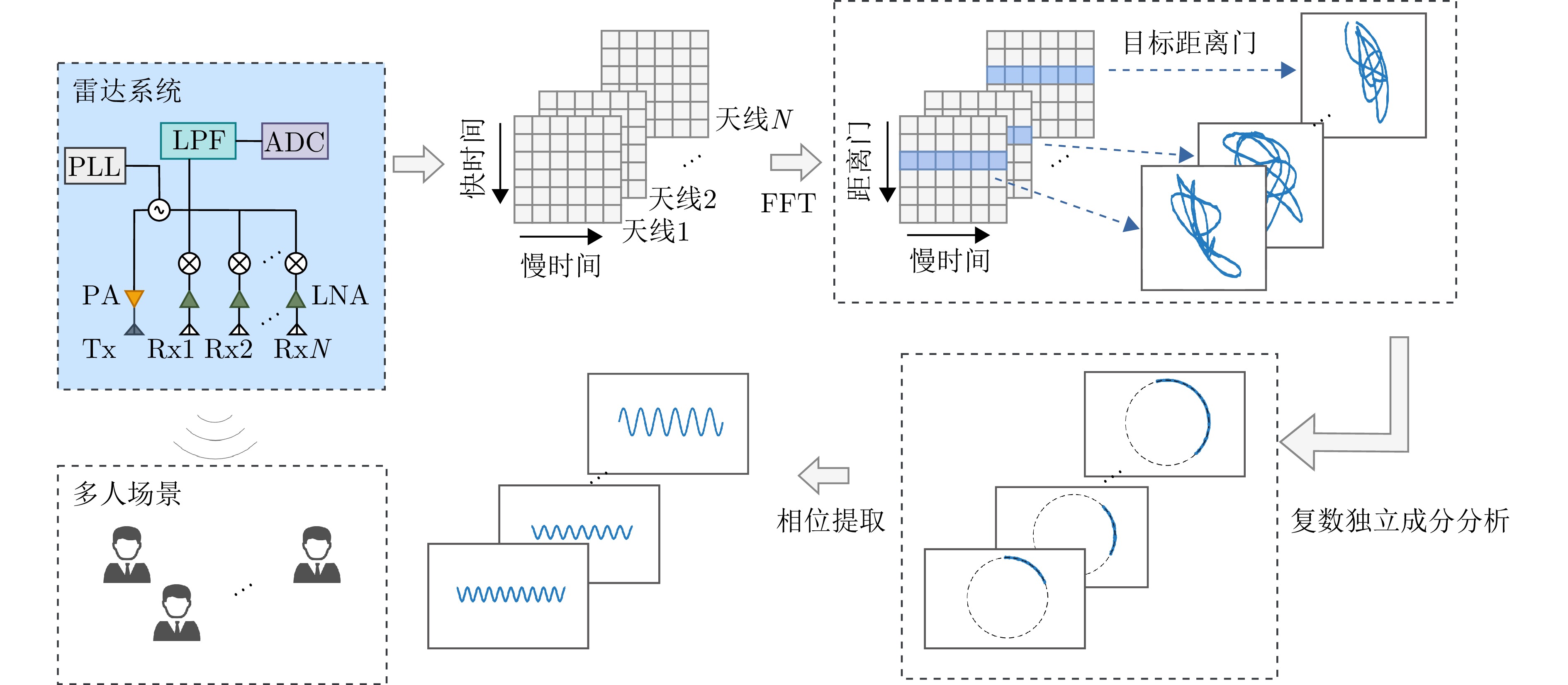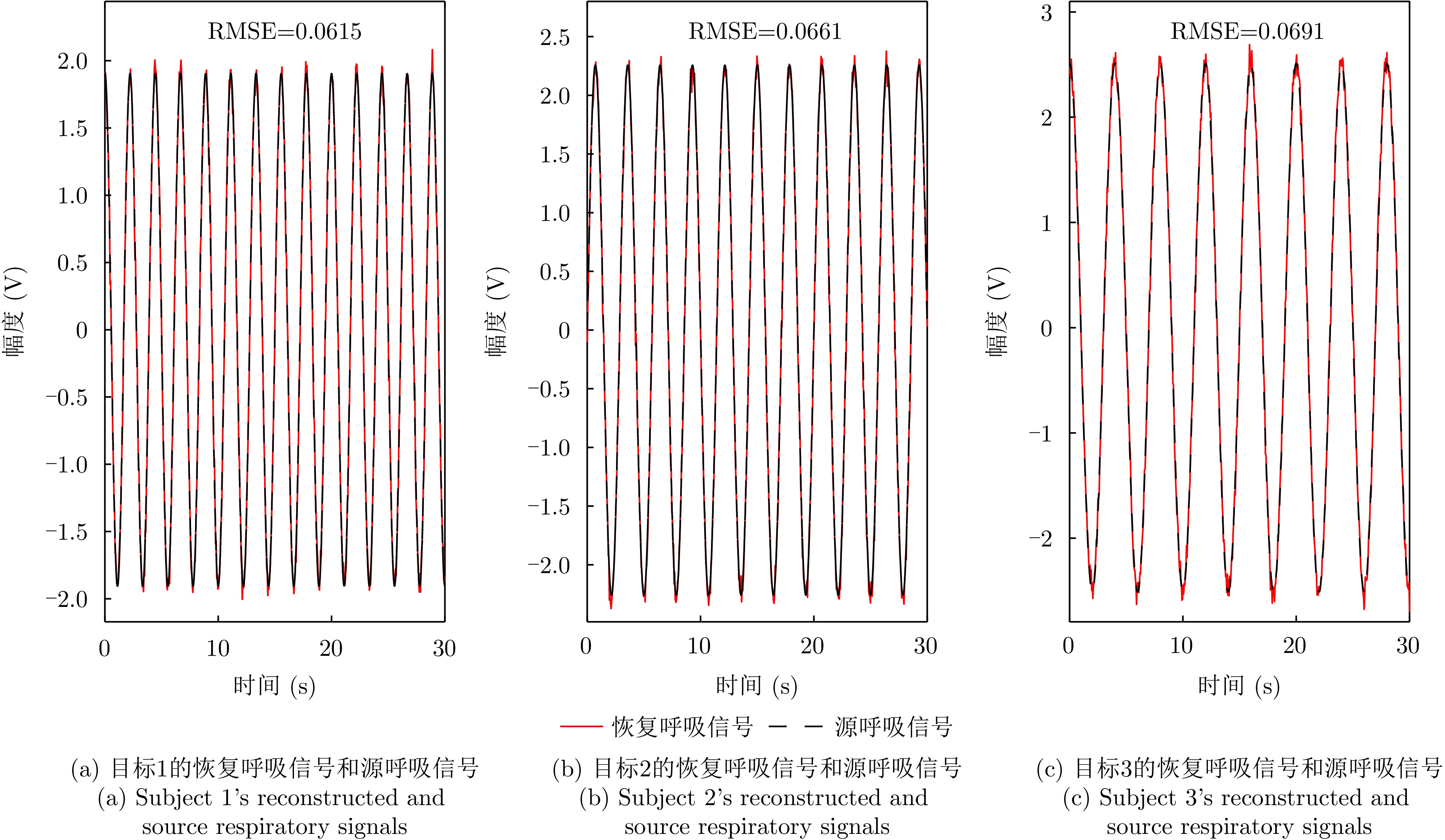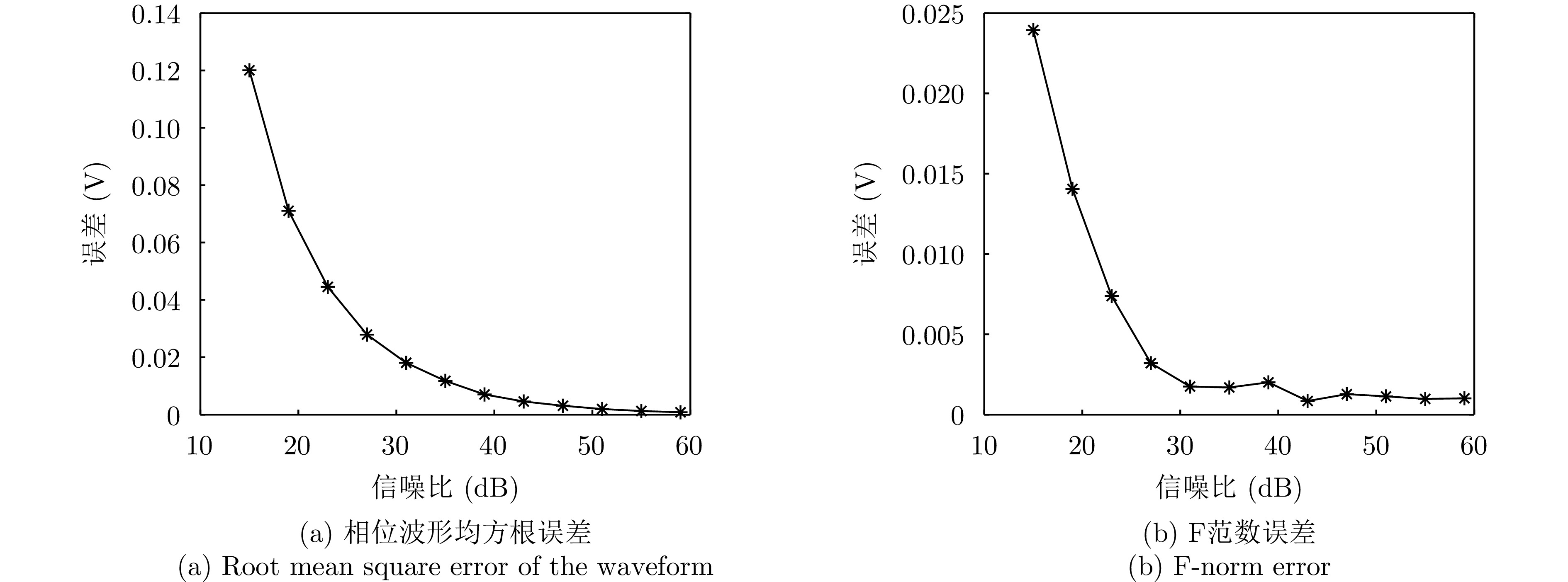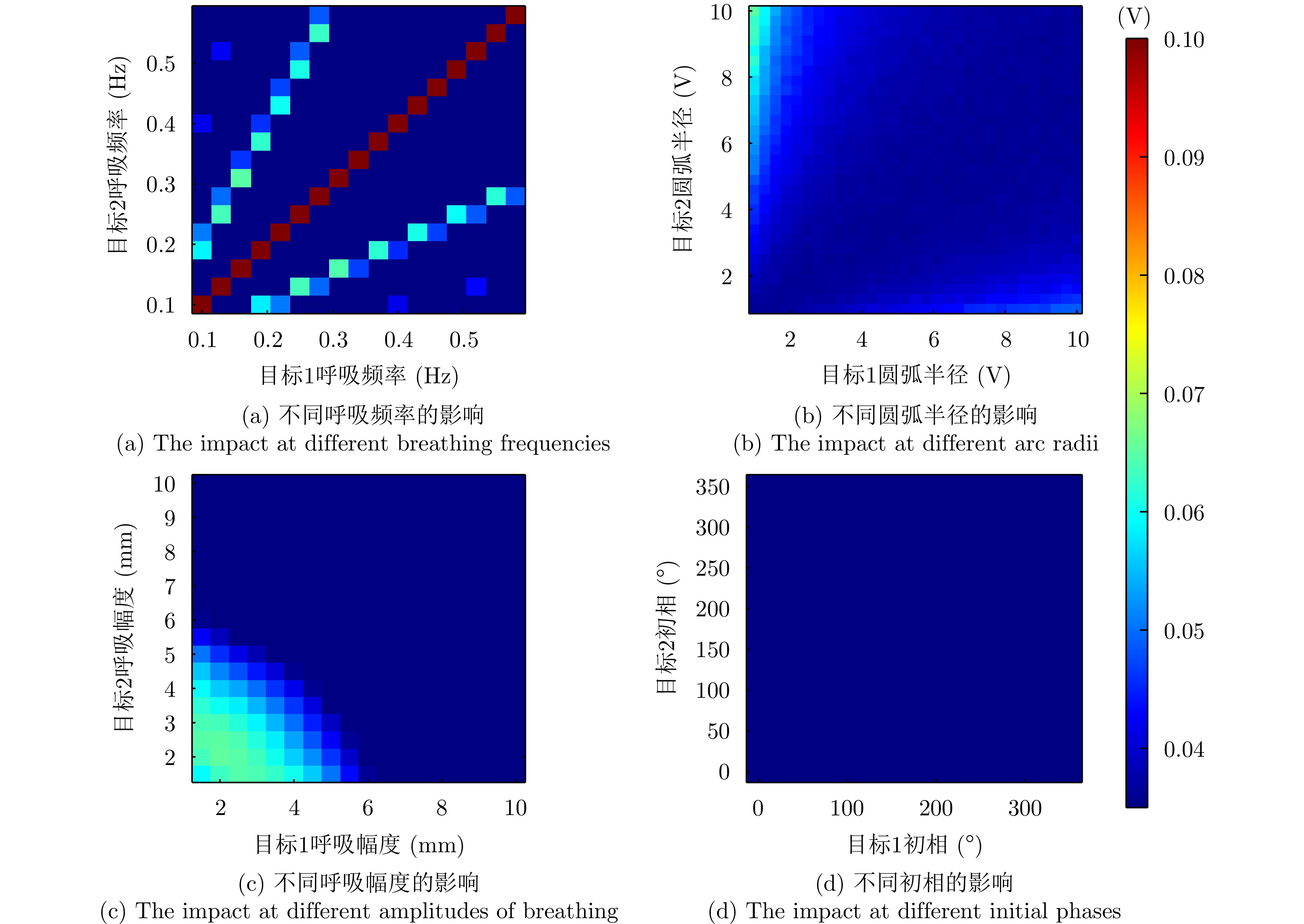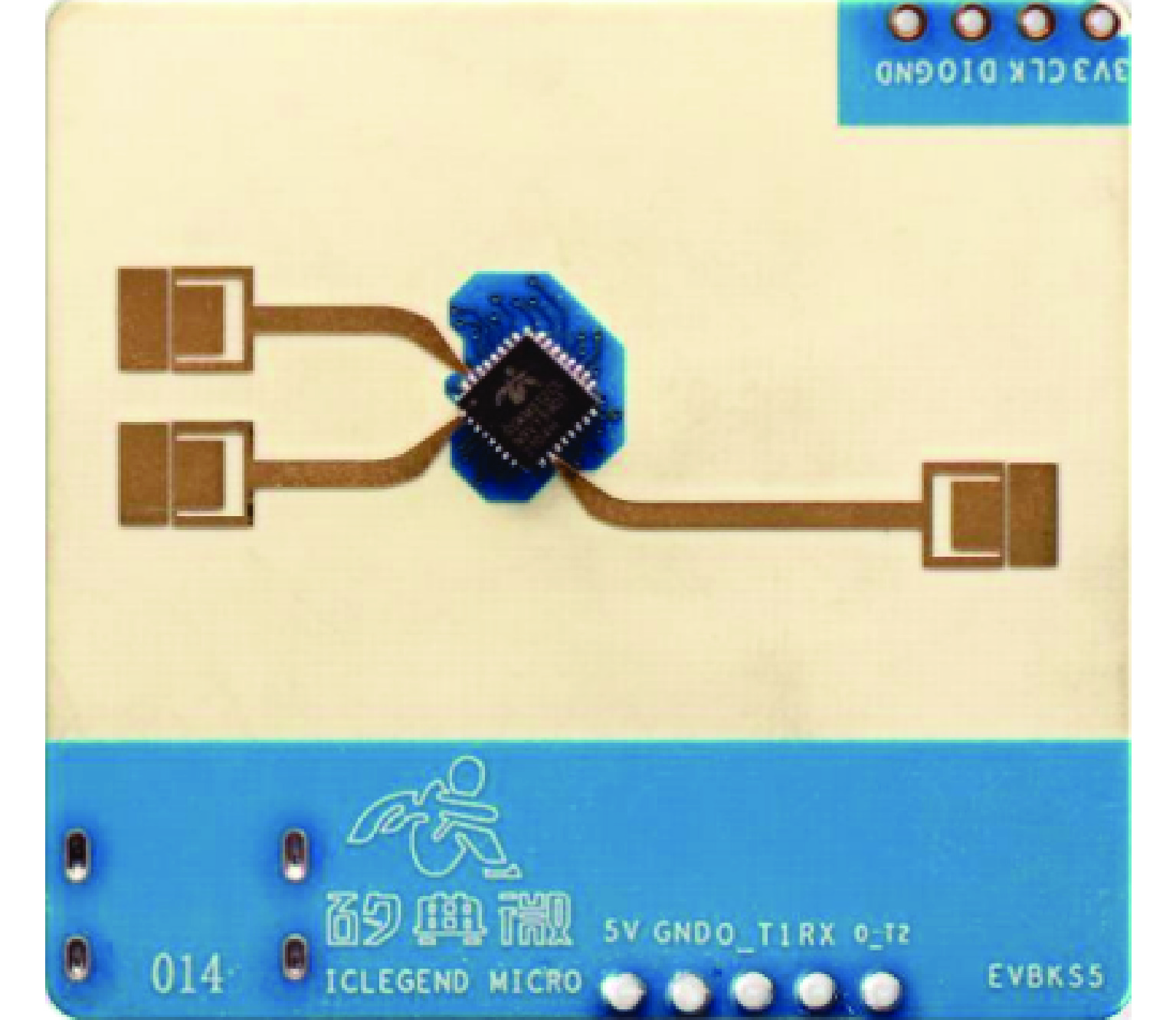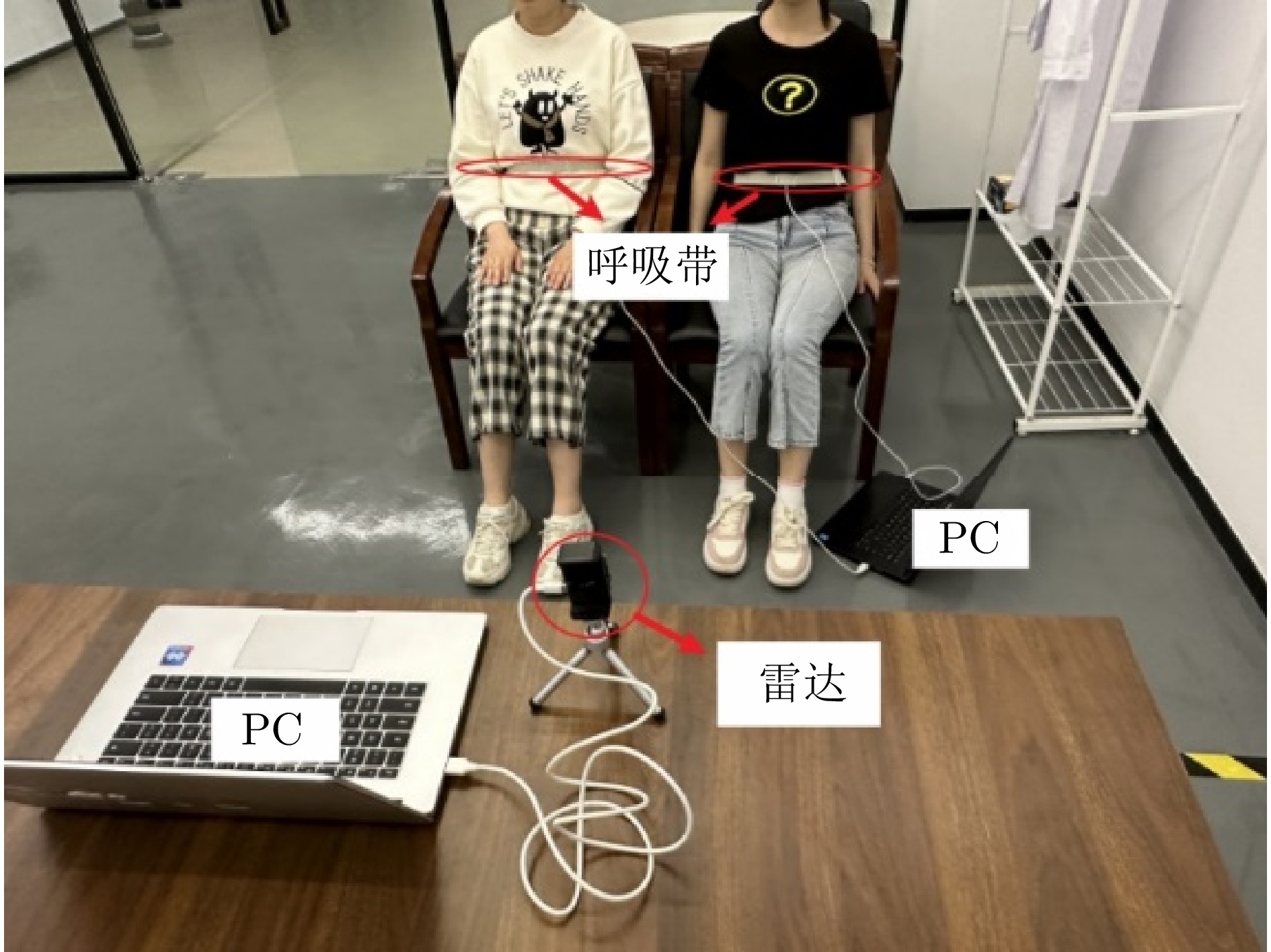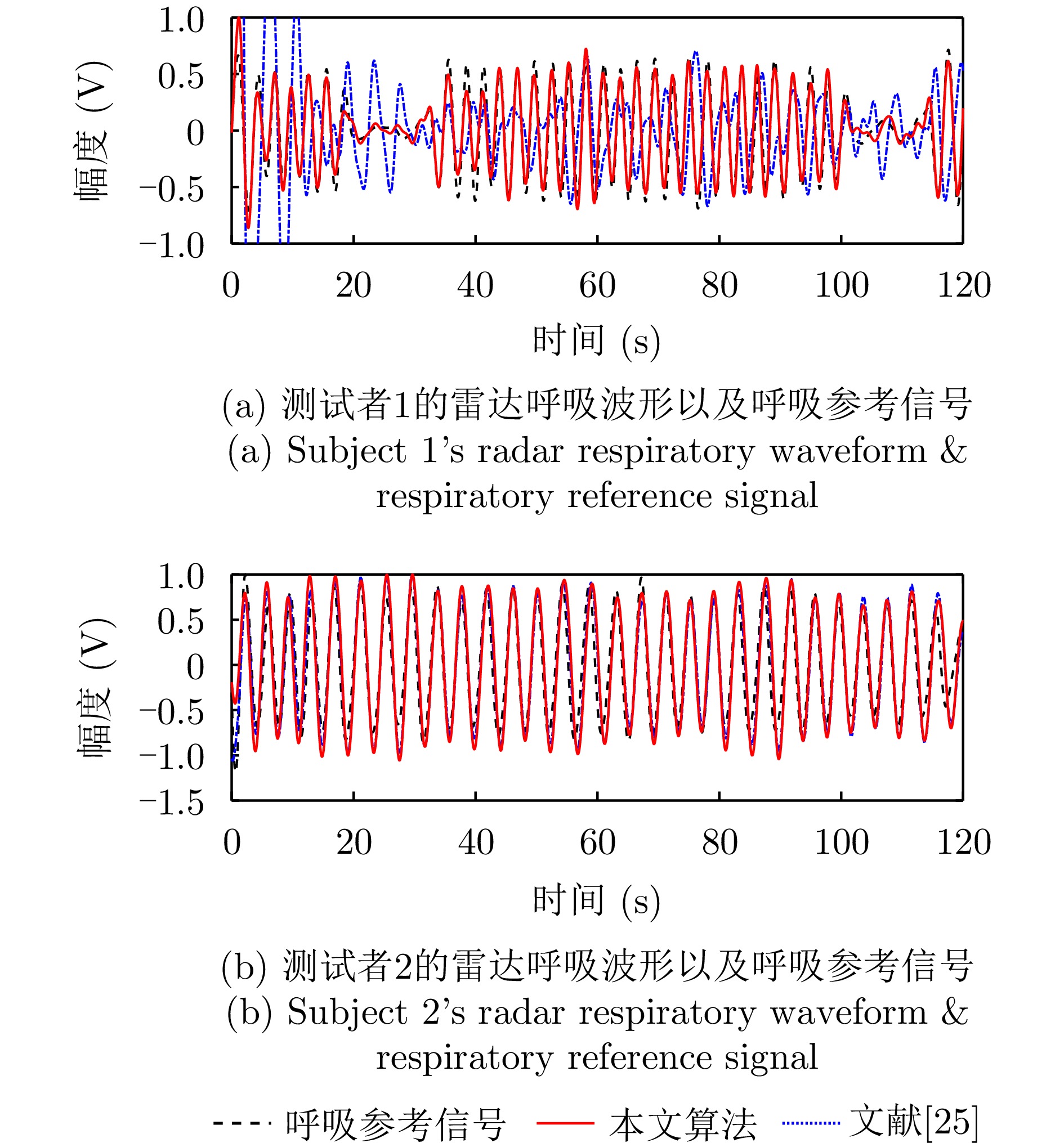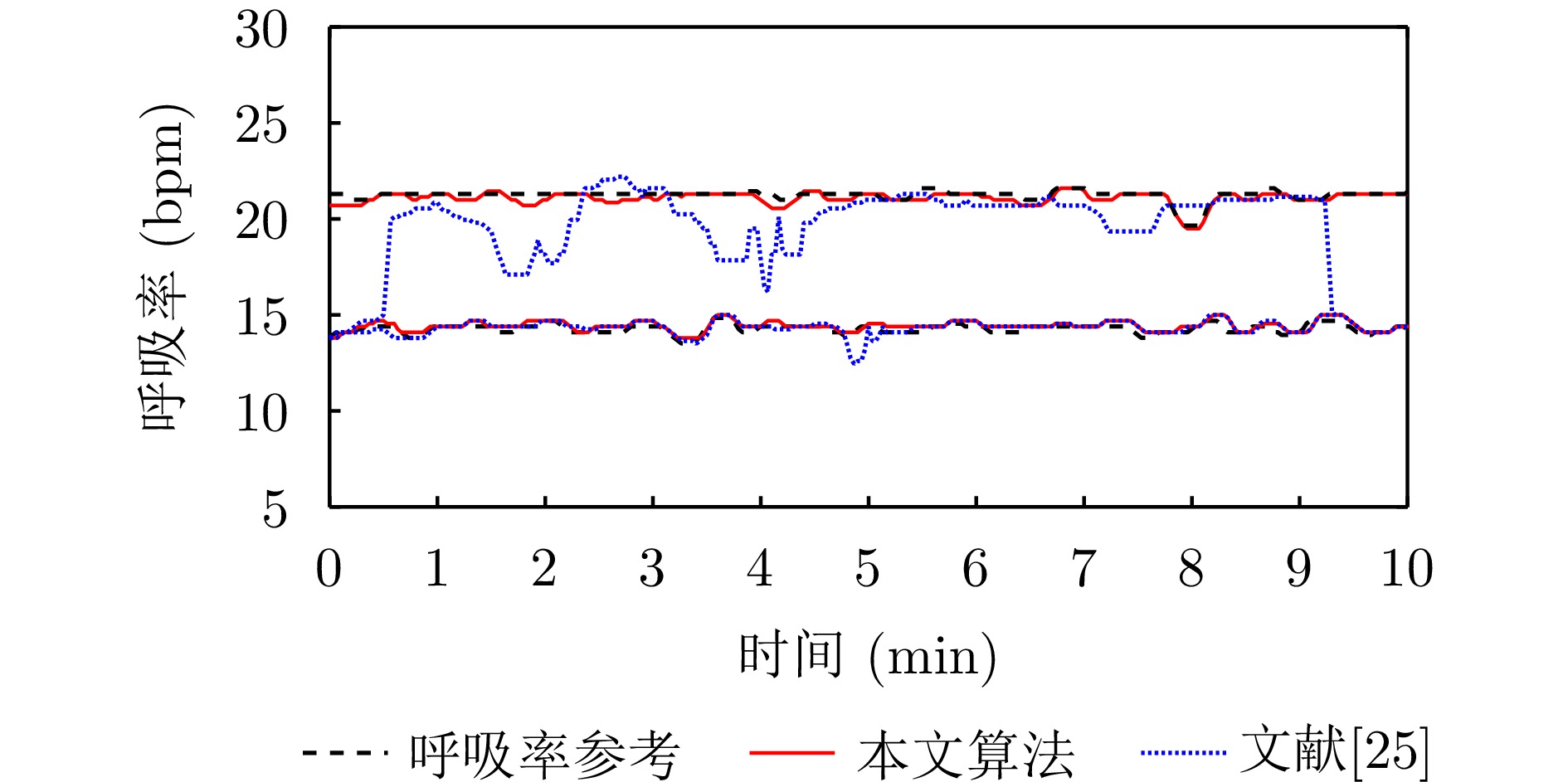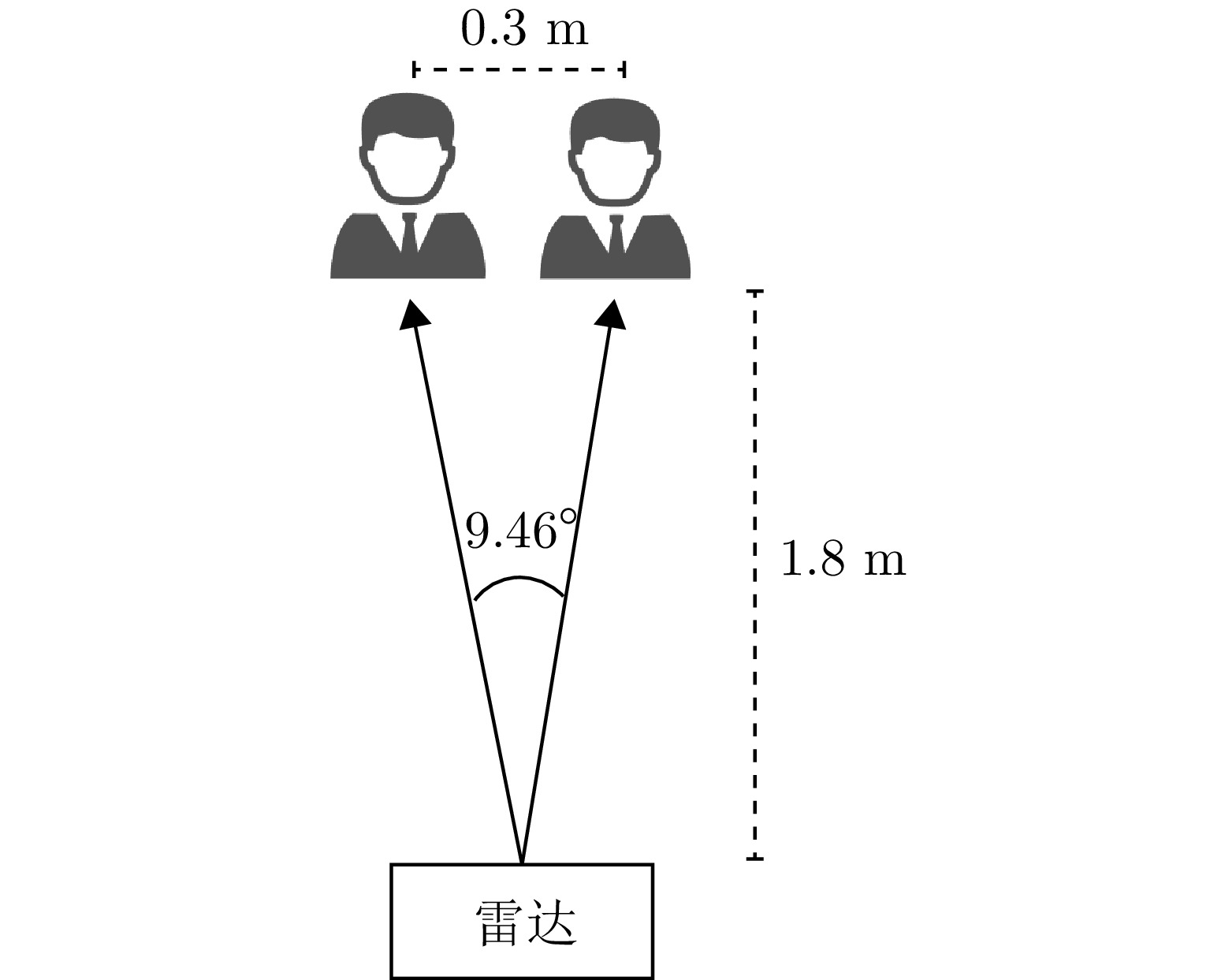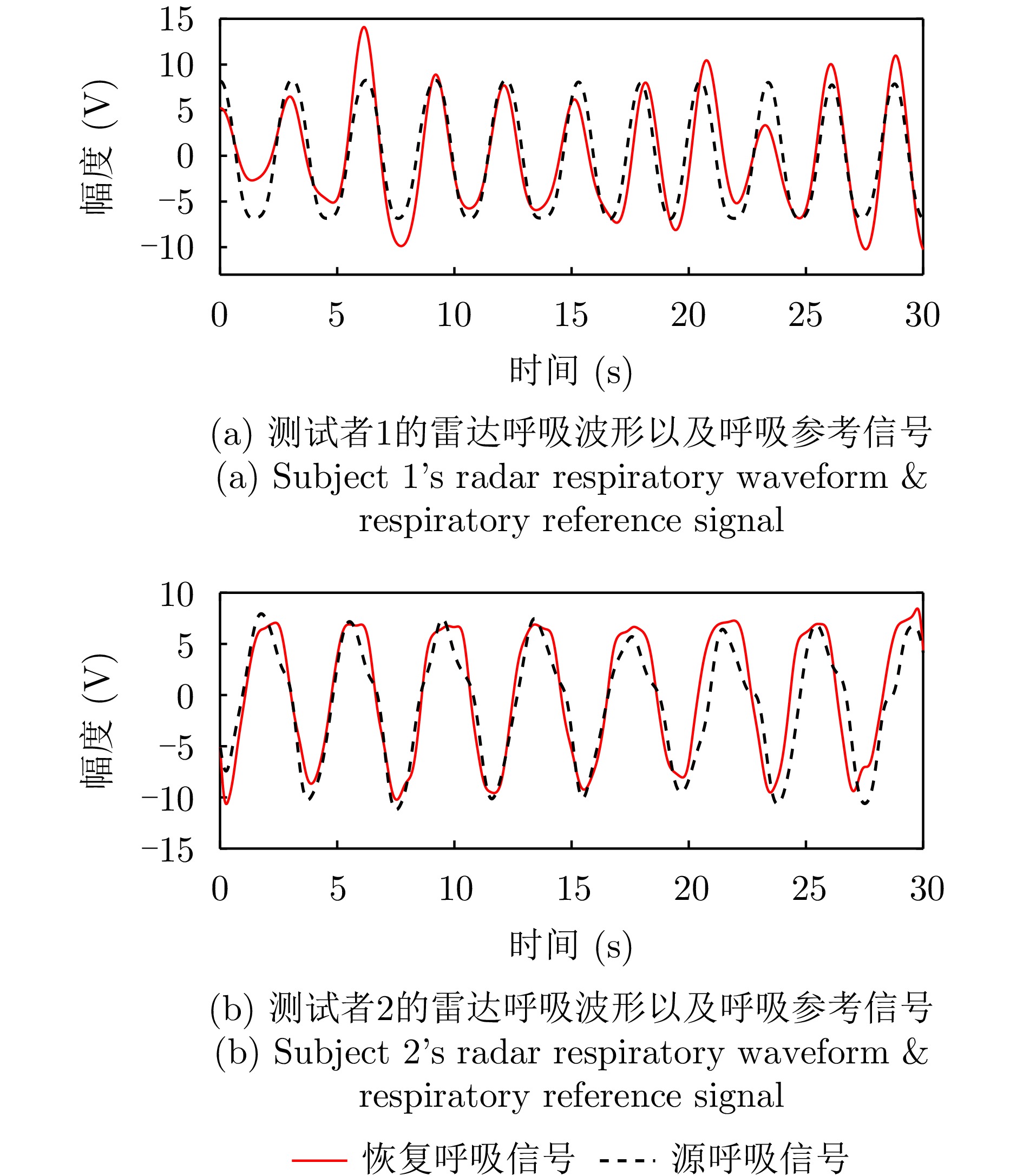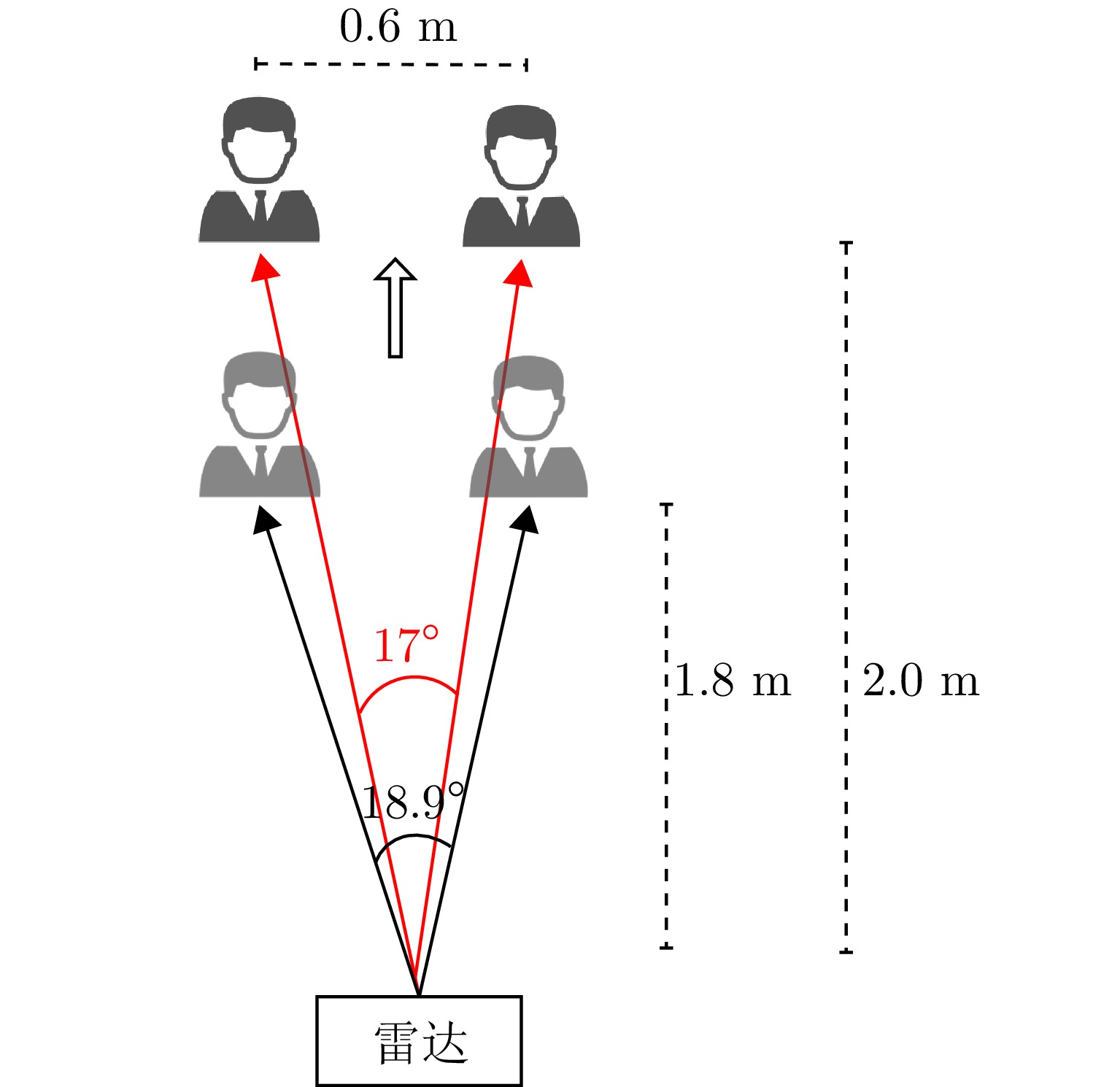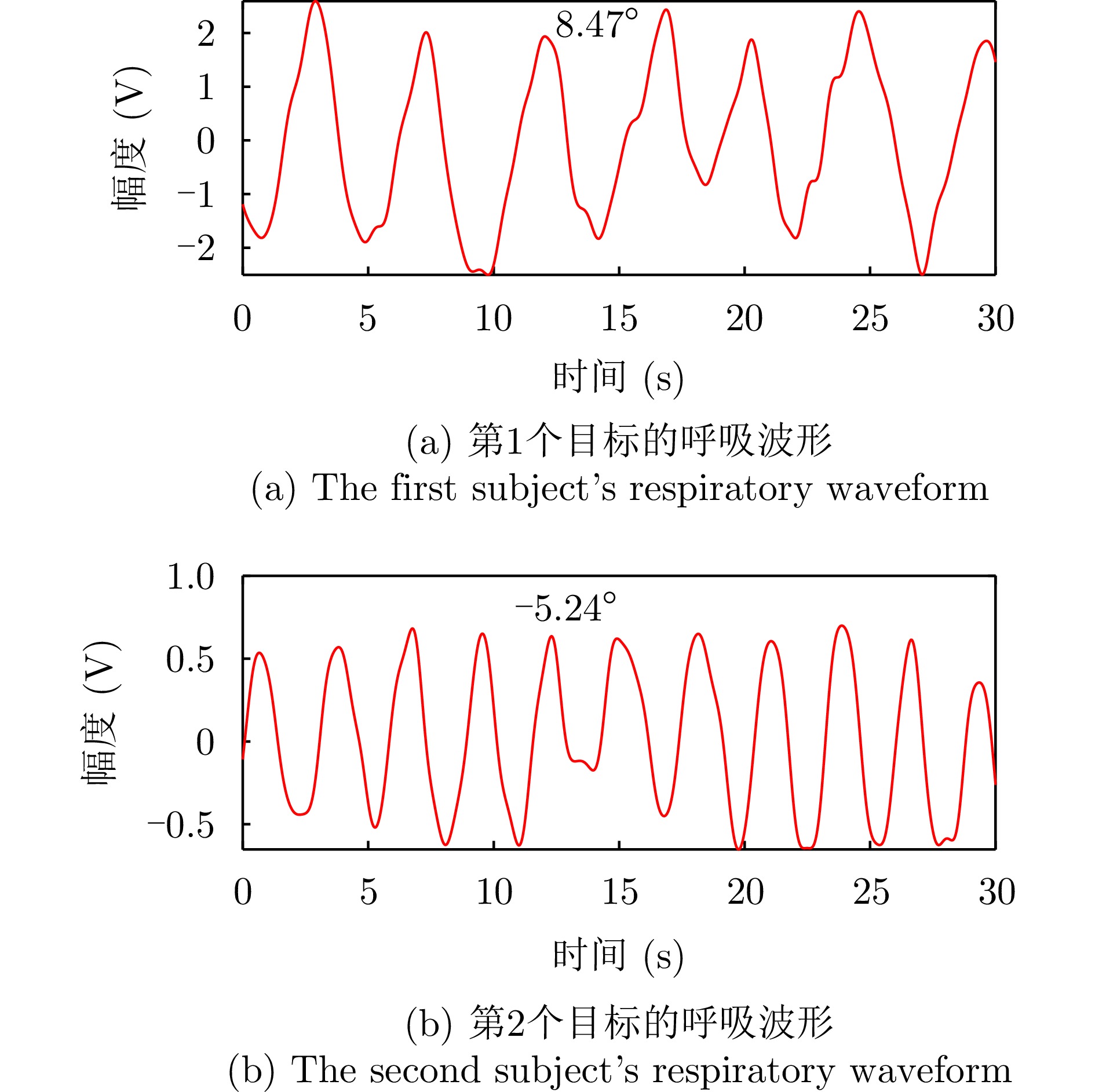| [1] |
CROSSLEY G H, BOYLE A, VITENSE H, et al. The CONNECT (Clinical Evaluation of Remote Notification to Reduce Time to Clinical Decision) trial: The value of wireless remote monitoring with automatic clinician alerts[J]. Journal of the American College of Cardiology, 2011, 57(10): 1181–1189. doi: 10.1016/j.jacc.2010.12.012. |
| [2] |
NANGALIA V, PRYTHERCH D R, and SMITH G B. Health technology assessment review: Remote monitoring of vital signs-current status and future challenges[J]. Critical Care, 2010, 14(5): 233. doi: 10.1186/cc9208. |
| [3] |
FIORANELLI F, LE KERNEC J, and SHAH S A. Radar for health care: Recognizing human activities and monitoring vital signs[J]. IEEE Potentials, 2019, 38(4): 16–23. doi: 10.1109/MPOT.2019.2906977. |
| [4] |
DONG Shuqin, WEN Li, YE Yangtao, et al. A review on recent advancements of biomedical radar for clinical applications[J]. IEEE Open Journal of Engineering in Medicine and Biology, 2024, 5: 707–724. doi: 10.1109/OJEMB.2024.3401105. |
| [5] |
ISHRAK M S, CAI Fulin, ISLAM S M M, et al. Doppler radar remote sensing of respiratory function[J]. Frontiers in Physiology, 2023, 14: 1130478. doi: 10.3389/fphys.2023.1130478. |
| [6] |
ANTOLINOS E, GARCÍA-RIAL F, HERNÁNDEZ C, et al. Cardiopulmonary activity monitoring using millimeter wave radars[J]. Remote Sensing, 2020, 12(14): 2265. doi: 10.3390/rs12142265. |
| [7] |
ADIB F, MAO Hongzi, KABELAC Z, et al. Smart homes that monitor breathing and heart rate[C]. The 33rd Annual ACM Conference on Human Factors in Computing Systems, Seoul, Republic of Korea, 2015: 837–846. doi: 10.1145/2702123.2702200. |
| [8] |
ZHAO Heng, HONG Hong, MIAO Dongyu, et al. A noncontact breathing disorder recognition system using 2.4-GHz digital-IF Doppler radar[J]. IEEE Journal of Biomedical and Health Informatics, 2019, 23(1): 208–217. doi: 10.1109/JBHI.2018.2817258. |
| [9] |
PARK B K, BORIC-LUBECKE O, and LUBECKE V M. Arctangent demodulation with DC offset compensation in quadrature Doppler radar receiver systems[J]. IEEE Transactions on Microwave Theory and Techniques, 2007, 55(5): 1073–1079. doi: 10.1109/TMTT.2007.895653. |
| [10] |
XIAO Yanming, LIN J, BORIC-LUBECKE O, et al. A Ka-band low power Doppler radar system for remote detection of cardiopulmonary motion[C]. 2005 IEEE Engineering in Medicine and Biology 27th Annual Conference, Shanghai, China, 2006: 7151–7154. doi: 10.1109/IEMBS.2005.1616156. |
| [11] |
LIN Jenshan, LUBECKE V M, BORIC-LUBECKE O, et al. A review on recent advances in Doppler radar sensors for noncontact healthcare monitoring[J]. IEEE Transactions on Microwave Theory and Techniques, 2013, 61(5): 2046–2060. doi: 10.1109/TMTT.2013.2256924. |
| [12] |
PATERNIANI G, SGRECCIA D, DAVOLI A, et al. Radar-based monitoring of vital signs: A tutorial overview[J]. Proceedings of the IEEE, 2023, 111(3): 277–317. doi: 10.1109/JPROC.2023.3244362. |
| [13] |
BORIC-LUBEKE O and LUBECKE V M. Wireless house calls: Using communications technology for health care and monitoring[J]. IEEE Microwave Magazine, 2002, 3(3): 43–48. doi: 10.1109/MMW.2002.1028361. |
| [14] |
DONG Shuqin, WEN Li, LI Yuchen, et al. Remote respiratory variables tracking with biomedical radar-based IoT system during sleep[J]. IEEE Internet of Things Journal, 2024, 11(11): 19937–19948. doi: 10.1109/JIOT.2024.3367932. |
| [15] |
GUAN Lei, WU Tong, YANG Xiaodong, et al. Multiperson respiratory monitoring using single-channel continuous-wave radar with time modulated array[J]. IEEE Transactions on Instrumentation and Measurement, 2023, 72: 4008111. doi: 10.1109/TIM.2023.3287258. |
| [16] |
WANG Shuxuan, HAN Chong, GUO Jian, et al. MM-FGRM: Fine-grained respiratory monitoring using MIMO millimeter wave radar[J]. IEEE Transactions on Instrumentation and Measurement, 2024, 73: 4000913. doi: 10.1109/TIM.2023.3334353. |
| [17] |
PHAN T, KILIC O, NAHAR S, et al. Accuracy investigation of SFCW radar in human vital signs detection for subject's relative position[C]. 2017 IEEE International Symposium on Antennas and Propagation & USNC/URSI National Radio Science Meeting, San Diego, USA, 2017: 577–578. doi: 10.1109/APUSNCURSINRSM.2017.8072331. |
| [18] |
MERCURI M, LIU Yaohong, SHEELAVANT S, et al. Digital linear discrete FMCW radar for healthcare applications[C]. 2019 IEEE MTT-S International Microwave Symposium (IMS), Boston, USA, 2019: 144–147. doi: 10.1109/MWSYM.2019.8701012. |
| [19] |
YAN Jiaming, HONG Hong, ZHAO Heng, et al. Through-wall multiple targets vital signs tracking based on VMD algorithm[J]. Sensors, 2016, 16(8): 1293. doi: 10.3390/s16081293. |
| [20] |
EDER Y and ELDAR Y C. Sparsity-based multi-person non-contact vital signs monitoring via FMCW radar[J]. IEEE Journal of Biomedical and Health Informatics, 2023, 27(6): 2806–2817. doi: 10.1109/JBHI.2023.3255740. |
| [21] |
XIONG Junjun, HONG Hong, ZHANG Hongqiang, et al. Multitarget respiration detection with adaptive digital beamforming technique based on SIMO radar[J]. IEEE Transactions on Microwave Theory and Techniques, 2020, 68(11): 4814–4824. doi: 10.1109/TMTT.2020.3020082. |
| [22] |
KODA T, SAKAMOTO T, OKUMURA S, et al. Noncontact respiratory measurement for multiple people at arbitrary locations using array radar and respiratory-space clustering[J]. IEEE Access, 2021, 9: 106895–106906. doi: 10.1109/ACCESS.2021.3099821. |
| [23] |
SAKAMOTO T and YAMASHITA K. Noncontact measurement of autonomic nervous system activities based on heart rate variability using ultra-wideband array radar[J]. IEEE Journal of Electromagnetics, RF and Microwaves in Medicine and Biology, 2020, 4(3): 208–215. doi: 10.1109/JERM.2019.2948827. |
| [24] |
ISLAM S M M, YAVARI E, RAHMAN A, et al. Separation of respiratory signatures for multiple subjects using independent component analysis with the JADE algorithm[C]. 2018 40th Annual International Conference of the IEEE Engineering in Medicine and Biology Society (EMBC), Honolulu, USA, 2018: 1234–1237. doi: 10.1109/EMBC.2018.8512583. |
| [25] |
ISLAM S M M, BORIC-LUBECKE O, and LUBEKCE V M. Concurrent respiration monitoring of multiple subjects by phase-comparison monopulse radar using independent component analysis (ICA) with JADE algorithm and direction of arrival (DOA)[J]. IEEE Access, 2020, 8: 73558–73569. doi: 10.1109/ACCESS.2020.2988038. |
| [26] |
ZHANG Li, LIU Yuan, HONG Hong, et al. Noncontact multi-target respiration sensing using SIMO radar with UBSS method[J]. IEEE Microwave and Wireless Components Letters, 2022, 32(3): 210–213. doi: 10.1109/LMWC.2021.3138767. |
| [27] |
LIU Jingtao, LI Yuchen, LI Changzhi, et al. Accurate measurement of human vital signs with linear FMCW radars under proximity stationary clutters[J]. IEEE Transactions on Biomedical Circuits and Systems, 2021, 15(6): 1393–1404. doi: 10.1109/TBCAS.2021.3123830. |
| [28] |
ZAKRZEWSKI M, RAITTINEN H, and VANHALA J. Comparison of center estimation algorithms for heart and respiration monitoring with microwave Doppler radar[J]. IEEE Sensors Journal, 2012, 12(3): 627–634. doi: 10.1109/JSEN.2011.2119299. |
| [29] |
PICINBONO B. On circularity[J]. IEEE Transactions on Signal Processing, 1994, 42(12): 3473–3482. doi: 10.1109/78.340781. |
| [30] |
YUE Shichao, HE Hao, WANG Hao, et al. Extracting multi-person respiration from entangled RF signals[J]. Proceedings of the ACM on Interactive, Mobile, Wearable and Ubiquitous Technologies, 2018, 2(2): 86. doi: 10.1145/3214289. |
| [31] |
ERIKSSON J and KOIVUNEN V. Complex-valued ICA using second order statistics[C]. The 2004 14th IEEE Signal Processing Society Workshop Machine Learning for Signal Processing, 2004, Sao Luis, Brazil, 2004: 183–192. doi: 10.1109/MLSP.2004.1422973. |
| [32] |
ERIKSSON J and KOIVUNEN V. Complex random vectors and ICA models: Identifiability, uniqueness, and separability[J]. IEEE Transactions on Information Theory, 2006, 52(3): 1017–1029. doi: 10.1109/TIT.2005.864440. |
| [33] |
BRANDWOOD D H. A complex gradient operator and its application in adaptive array theory[J]. IEE Proceedings F (Communications, Radar and Signal Processing), 1983, 130(1): 11–16. doi: 10.1049/ip-f-1.1983.0003. |
| [34] |
CARDOSO J F and SOULOUMIAC A. Blind beamforming for non-Gaussian signals[J]. IEE Proceedings F ( Communications , Radar and Signal Processing), 1993, 140(6): 362–370. doi: 10.1049/ip-f-2.1993.0054. |
| [35] |
NOVEY M and ADALI T. Complex fixed-point ICA algorithm for separation of QAM sources using Gaussian mixture model[C]. 2007 IEEE International Conference on Acoustics, Speech and Signal Processing-ICASSP’07, Honolulu, USA, 2007: II-445–II-448. doi: 10.1109/ICASSP.2007.366268. |
| [36] |
NOVEY M and ADALI T. On extending the complex FastICA algorithm to noncircular sources[J]. IEEE Transactions on Signal Processing, 2008, 56(5): 2148–2154. doi: 10.1109/TSP.2007.911278. |
| [37] |
RODRIGUEZ P A, CALHOUN V D, and ADALI T. De-noising, phase ambiguity correction and visualization techniques for complex-valued ICA of group fMRI data[J]. Pattern Recognition, 2012, 45(6): 2050–2063. doi: 10.1016/j.patcog.2011.04.033. |




 Submit Manuscript
Submit Manuscript Peer Review
Peer Review Editor Work
Editor Work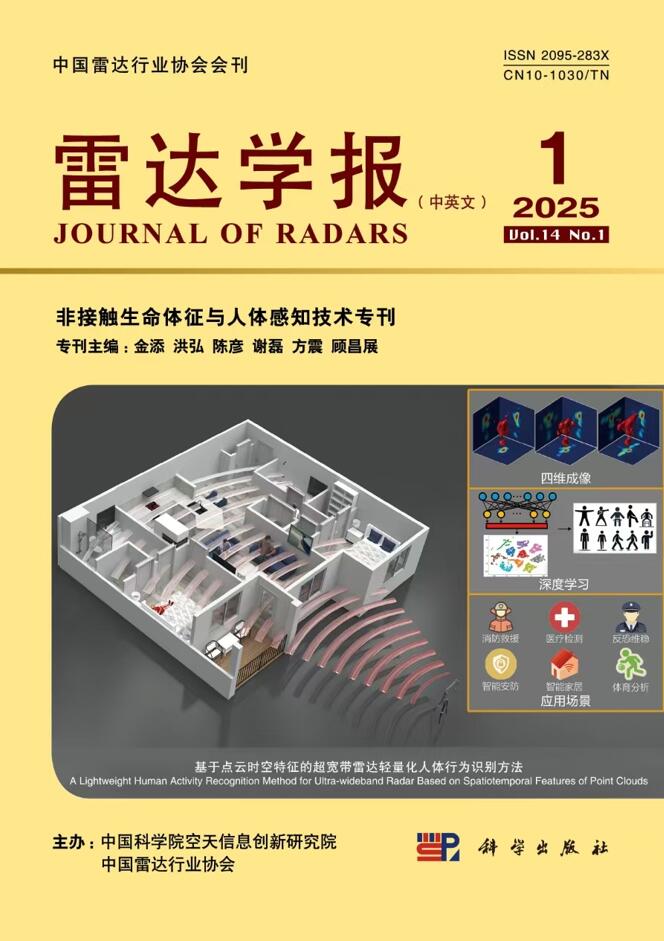





 DownLoad:
DownLoad:
